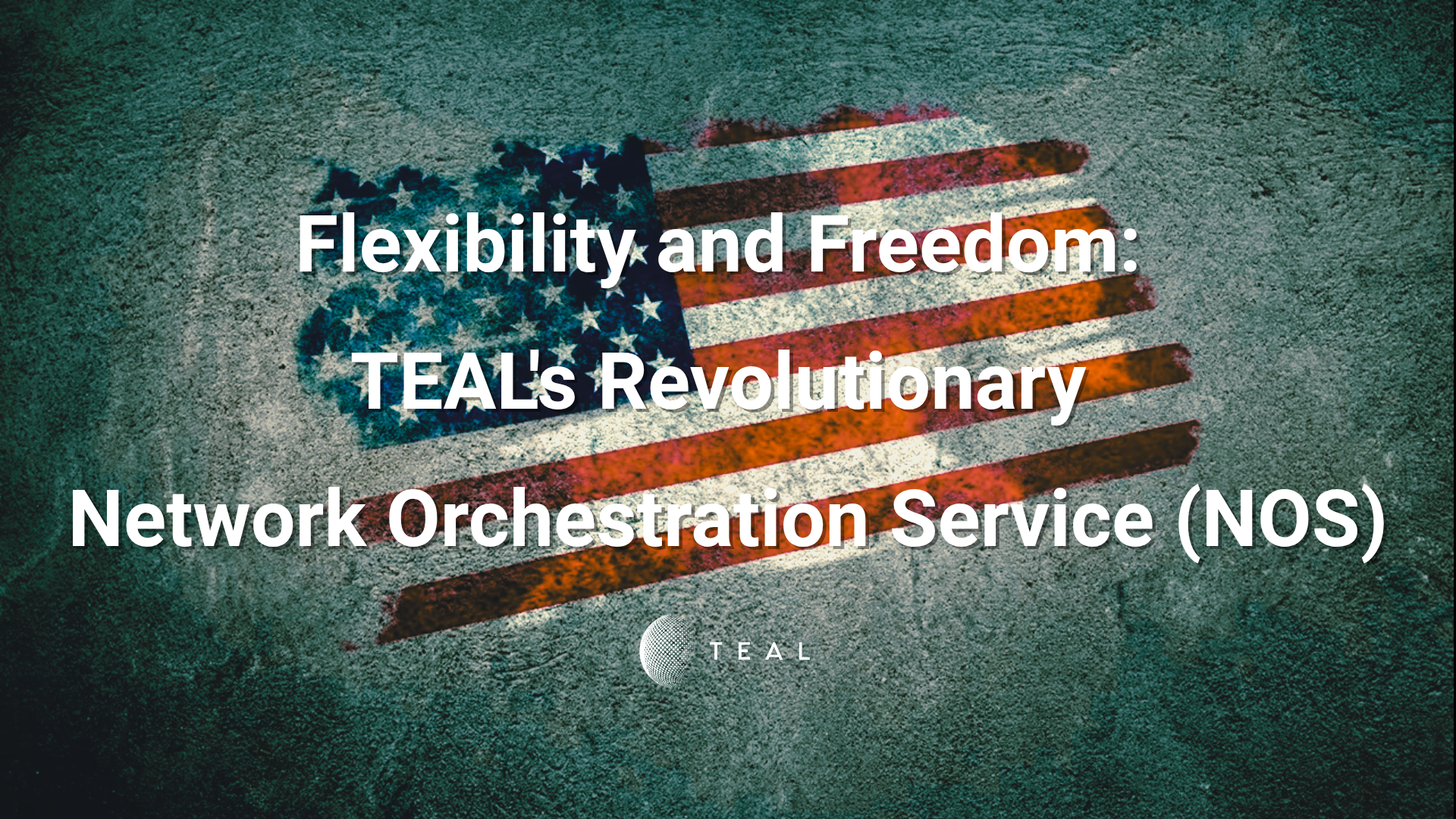Metaverse and IoT: Sister Technologies?

Yes, another METAVERSE article showing up in your 2022 newsfeed. We may blow up the whole internet combining two buzzwords that have so many separate articles written about them, but the two concepts are more linked than you think.
Ever since Facebook rebranded itself as Meta in October 2021, the term “metaverse” has been a hot topic in many circles. Depending on who you ask, people have either heard a lot about the metaverse or are still completely bewildered by the term. Either way, it’s a subject that has been buzzing, leaving many people questioning what it is, where it came from, and why there is so much hype about it
To start off, the concept of the metaverse first surfaced in Neal Stephenson’s 1992 novel Snow Crash, where people acted as avatars and interacted in a virtual version of the physical world. Since then, there have been films such as the Matrix and Avatar that depict a virtual reality dataspace where physical and digital worlds collide.
In today’s context, the metaverse can be thought of in a similar way: the intersection of the physical and digital worlds through connected technology. The vision for Meta and others diving into this nascent idea is to build a network of shared digital worlds where participants can feel and interact with the internet as if it were the real world. In other words, it can be described and understood as a virtual space that basically resembles shared human experiences of the physical world.
So how does this link into the Internet of Things?
The fundamental goal of the IoT industry is to connect physical assets and their data to the internet. In a literal sense, it is parsing digital data from physical information. Sound familiar? For many future business models, IoT could be about networking physical assets into the digital metaverse.
Imagine visualizing a supply chain inside of the metaverse, with real-time asset tracking data moving across locations, or real-time weather sensor and security data about your physical home represented in a virtual environment.
While metaverse applications seem limitless, there is a real concern about what wireless technologies people and businesses will use to meet the network and bandwidth needs of those joining the metaverse.
Many applications for the metaverse will likely be enjoyed in the comfort of one’s home where WiFi technology is abundant. However, mobile applications for the metaverse will also require cellular LTE and 5G technologies to ensure devices and people remain connected. Additionally, as WiFi continues to fall behind in its ability to provide a secure, fast, and trusted network compared to alternative technologies, SD-WAN and private cellular networks will likely become more prevalent – specifically for businesses that adopt the metaverse within industrial settings.
While that might sound exciting to some, there are genuine concerns among skeptics including: data privacy and security, lack of widespread access to emerging technologies, and the loss of in-person human contact.
Regardless of your viewpoint on the metaverse, what’s clear is that it’s future relies heavily on the interoperability of platforms and technologies. Foundationally, in order for the metaverse to become a reality, every digital “thing” needs to be connected – without connectivity in a digital world, there is no metaverse.
The metaverse is still early on in its development but credentialing “things” between networks and network technologies will be a critical element in the growth of this sci-fi concept. In fact, like many IoT use cases, it could very well be the missing link that helps scale these crazy ideas into the stratosphere.
Recent Posts
How TEAL’s eSIM Technology is Shaping the Future of Drone AAM Policy Under FAA Part 108
Teal Communications Staff2025-07-08T16:48:15+00:00
Empowering Freedom, Independence, and Control Through TEAL’s Network Orchestration Service (NOS)
Teal Communications Staff2025-07-03T16:40:46+00:00
Unlocking the Potential of Network Orchestration
Teal Communications Staff2025-07-02T20:45:42+00:00




